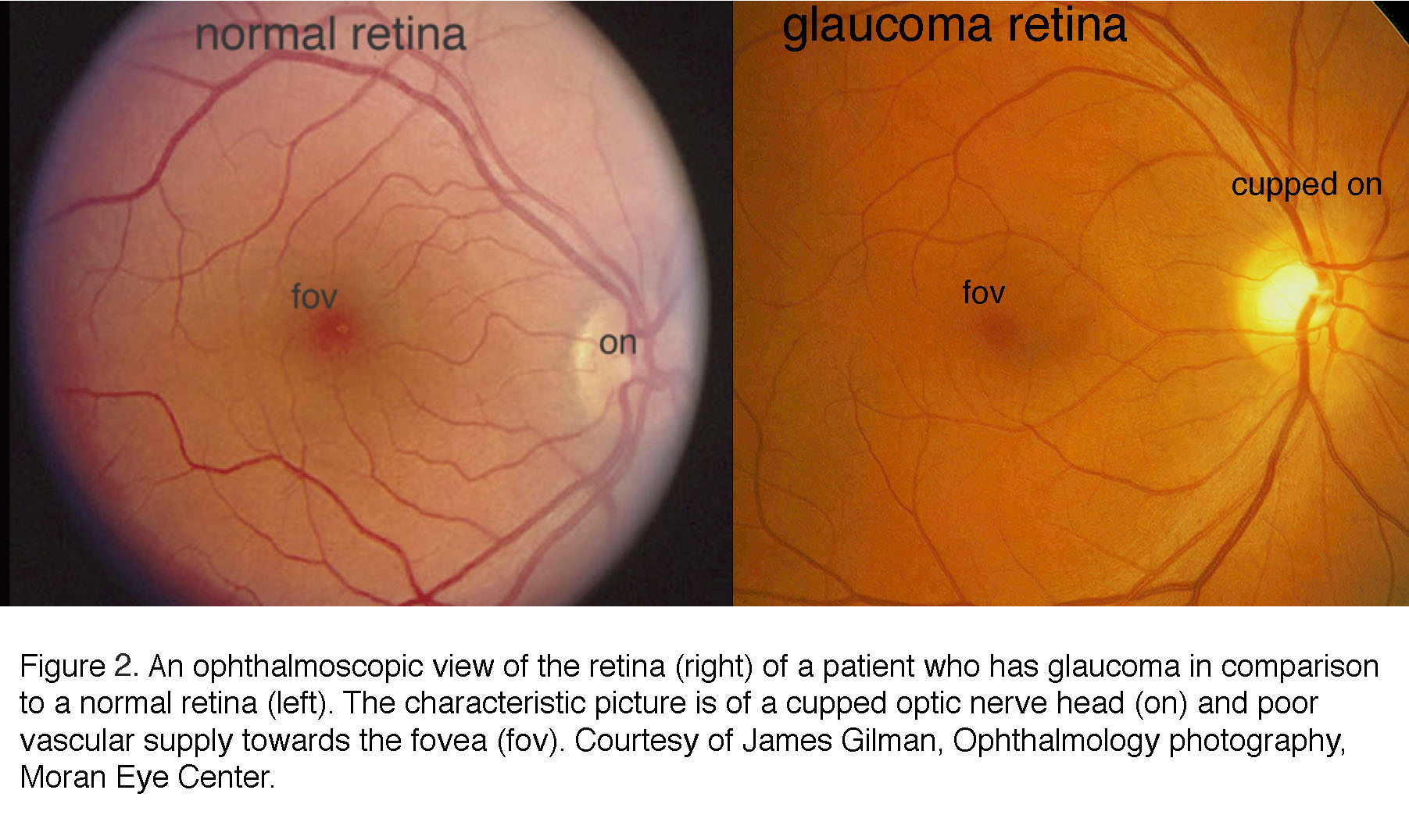Leading Eyecare Near Me: Expert Solutions for Optimal Eye Health
Leading Eyecare Near Me: Expert Solutions for Optimal Eye Health
Blog Article
Understanding the Different Vision Adjustment Procedures Available for Clearer Sight
In the world of vision adjustment treatments, a plethora of choices exist to address refractive mistakes and offer individuals with more clear sight. Allow's discover the intricacies of these treatments and lost light on the course to achieving enhanced vision clarity.
LASIK Surgery
LASIK surgical treatment is a common refractive procedure used to correct vision troubles such as astigmatism, farsightedness, and nearsightedness - refractive surgeries in al. This medical technique, which means Laser-Assisted sitting Keratomileusis, intends to improve the cornea to boost how light is concentrated on the retina, inevitably improving vision quality. Throughout the procedure, a slim flap is developed on the cornea, and a laser is utilized to get rid of exact amounts of cells to reshape it properly. This reshaping permits light to be precisely concentrated onto the retina, remedying refractive errors.
Among the main advantages of LASIK surgery is the quick improvement in vision experienced by clients. Several people discover a significant enhancement in their sight promptly after the procedure. Additionally, the majority of people report very little pain and discomfort throughout the surgical procedure and healing duration. The recuperation time for LASIK is fairly fast, with numerous people going back to their day-to-day tasks within a day or more post-operation. In general, LASIK surgical procedure is a preferred selection for people seeking a lasting remedy for their vision issues.
PRK Procedure
While likewise an usual refractive treatment, the PRK (Photorefractive Keratectomy) strategy differs from LASIK surgery in its approach to fixing vision troubles. In PRK, rather than developing a flap on the cornea, the outer layer of the cornea, called the epithelium, is completely eliminated. This allows the laser to reshape the cornea to correct refractive errors such as astigmatism, nearsightedness, and farsightedness straight externally.

Despite the longer recovery time, PRK can generate excellent cause vision improvement, making it a useful option for those that might not be suitable candidates for LASIK surgical treatment.
Implantable Lenses
Unlike PRK where the cornea is reshaped directly, implantable lenses use another approach for correcting vision by inserting man-made lenses inside the eye. This procedure is particularly valuable for people with high degrees of nearsightedness, farsightedness, or astigmatism that may not be suitable prospects for laser surgical procedures like LASIK or PRK.
Implantable lenses, additionally recognized as phakic intraocular lenses, work by supplementing the eye's natural lens with a fabricated one. refractive surgeries in al. These lenses can be placed in front of the natural lens (anterior chamber) or behind the iris and before the natural lens (posterior chamber) By adjusting the power and positioning of these lenses, ophthalmologists can properly deal with refractive mistakes and boost aesthetic acuity
One advantage of implantable lenses is that they are removable and exchangeable, supplying adaptability for future changes. Nonetheless, just like any kind of operation, there are risks involved, such as infection or cataract development. Individuals taking into consideration implantable lenses need to consult with an eye care specialist to determine one of the most ideal alternative based on their private demands and eye health.
Corneal Rings
Corneal rings, also called intracorneal ring segments, are small, clear gadgets put right into the cornea to correct vision distortions such as keratoconus. Keratoconus is a condition where the cornea thins and bulges outside, causing vision to end up being altered. The insertion of corneal rings assists to squash the cornea, enhancing visual skill and minimizing the uneven astigmatism triggered by keratoconus.
The treatment for putting corneal rings is relatively quick and minimally intrusive, frequently carried out as an outpatient treatment. During the surgical procedure, the ophthalmologist makes a tiny cut in the cornea and inserts the rings at a details depth. Once in position, the rings help to reshape the cornea, supplying a smoother surface for light to get in the eye, which can result in clearer vision.
Corneal rings are taken into consideration a reversible procedure, as they can be removed or replaced if required. retina service near me. While they might not completely eliminate the need for glasses or call lenses, corneal rings can dramatically boost vision high quality and general aesthetic comfort for individuals with keratoconus or various other corneal abnormalities
Refractive Lens Exchange
Complying with the modification of corneal irregularities with procedures like corneal rings, an additional vision improvement technique that can address refractive mistakes is Refractive Lens Exchange (RLE) RLE is a surgery that you could try these out involves changing the eye's natural lens with a fabricated intraocular lens (IOL) to fix refractive errors such as nearsightedness, farsightedness, and presbyopia. This treatment is specifically advantageous for individuals who may not appropriate candidates for procedures like LASIK or PRK due to factors such as slim corneas or high refractive mistakes.

Final Thought
In final thought, there are different vision modification treatments available to aid individuals achieve more clear sight. LASIK surgical procedure, PRK treatment, implantable lenses, corneal rings, and refractive lens exchange are all alternatives that can attend to different vision problems.
In the world of vision adjustment procedures, a plethora of options exist to attend to refractive errors and offer individuals with clearer sight.LASIK surgical procedure is a typical refractive treatment used to deal with vision issues such as astigmatism, farsightedness, and nearsightedness.While also a common refractive procedure, the PRK (Photorefractive Keratectomy) method varies from LASIK surgical treatment in its approach to correcting vision problems.Adhering to the improvement of corneal irregularities with treatments like corneal rings, another vision improvement strategy that can resolve refractive mistakes is Refractive Lens Exchange (RLE) LASIK surgical treatment, PRK procedure, implantable more lenses, corneal rings, and refractive lens exchange are all alternatives that can attend to different vision concerns.
Report this page